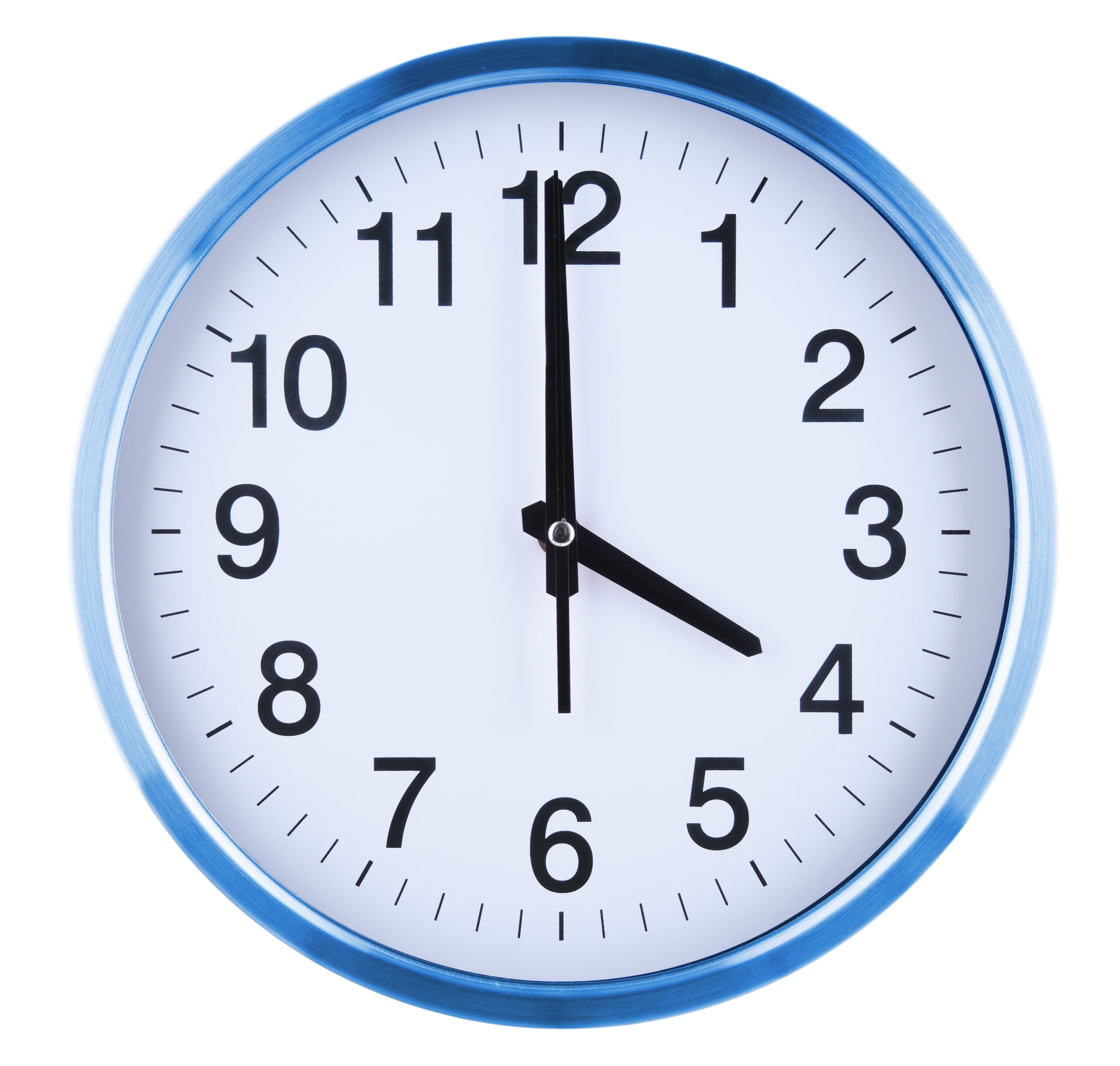Investigating the use of wearable sensors to monitor Alzheimer’s progression
**Using Wearable Sensors to Monitor Alzheimer’s Progression**
Alzheimer’s disease is a serious condition that affects millions of people worldwide. It is a type of dementia that causes problems with memory, thinking, and behavior. As Alzheimer’s progresses, it can become increasingly difficult for people to live independently, and their caregivers often face significant emotional and physical challenges.
Recently, researchers have been exploring the use of wearable sensors to help monitor Alzheimer’s progression. These sensors are small devices that can be worn on the body, like smartwatches or smart socks, and they collect various types of data such as movement, heart rate, and other physiological signals.
### How Wearable Sensors Work
Wearable sensors are designed to be non-invasive and easy to use. They can track a person’s daily activities, including how much they move and how their heart rate changes. For people with Alzheimer’s, this information can be particularly useful. For instance, if a person with Alzheimer’s tends to wander, a wearable device with GPS can alert their caregivers if they leave a safe area.
One such system is Theora Care, which includes a wearable device for the person with Alzheimer’s and a smartphone app for the caregiver. The system allows caregivers to track their loved one’s movements and communicate with them in real-time. A study on Theora Care found that caregivers who used the system reported reduced stress and improved satisfaction with their caregiving duties[1].
### Monitoring Physical Activity
Another area where wearable sensors are being explored is in monitoring physical activity. For nursing home residents with dementia, traditional methods of assessing physical activity can be challenging due to cognitive limitations. However, consumer-grade wearables like Samsung wrist-worn fitness trackers can provide valuable data on movement intensity and type[2].
These devices can collect data on various aspects of physical activity, such as walking, sitting, and other movements. This information can help healthcare professionals understand the overall activity levels of nursing home residents and identify potential interventions to increase their physical activity.
### Smart Socks for Dementia Care
Smart socks, like those developed by Milbotix, are another innovative solution. These socks contain sensors that measure pulse, temperature, sweat, and motion. The data collected by these socks can help caregivers identify when a person with dementia is feeling anxious or fearful, allowing for timely interventions[4].
### Insights into Psychiatric Illnesses
Wearable sensors are not just limited to monitoring physical health; they can also provide insights into psychiatric illnesses. A study using smartwatch data from over 5,000 adolescents found that wearable sensors could predict psychiatric illnesses like ADHD and identify associated genetic factors[5].
### Conclusion
The use of wearable sensors in monitoring Alzheimer’s progression is a promising area of research. These devices offer a non-invasive and continuous way to track various aspects of a person’s health, from physical activity to emotional state. By providing caregivers with real-time data, wearable sensors can reduce the emotional strain associated with caring for someone with dementia and improve overall care.
While more research is needed to fully understand the benefits and limitations of wearable sensors in this context, the current findings are encouraging. They suggest that multi-component technological solutions can be adopted and could benefit both caregivers and people living with dementia.





